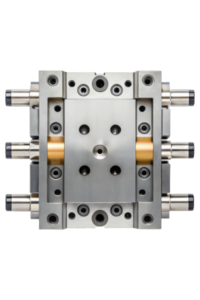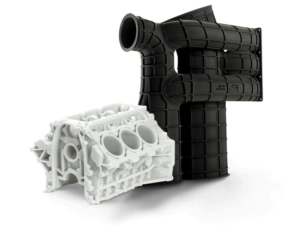Injection molding is a widely used manufacturing process that involves injecting molten material into a mold to create a variety of products. This process is used in a range of industries, from automotive to medical, and offers numerous advantages over other manufacturing methods. In this comprehensive guide, we will cover everything you need to know about injection molding, including the process, materials, and applications.
The Injection Molding Process
This involves several steps, including mold design, material selection, and part production. The process begins with the creation of a mold, which is typically made of steel or aluminum and designed to the exact specifications of the desired part. Once the mold is created, it is loaded into an injection molding machine, where the material is melted and injected into the mold under high pressure. The material then cools and solidifies, and the part is ejected from the mold.
Materials Used in Injection Molding
A wide range of materials can be used, including thermoplastics, thermosets, and elastomers. Thermoplastics are the most commonly used materials and offer a range of benefits, including high strength, durability, and flexibility. Some of the most commonly used thermoplastics include polypropylene, polyethylene, and polycarbonate. Thermosets are another popular material and are known for their high heat resistance and strength. Elastomers, such as rubber, are also used in injection molding and offer excellent flexibility and shock absorption.
Applications of Injection Molding
It is used in a variety of industries and applications, including automotive, medical, consumer goods, and electronics. In the automotive industry, it is used to create a range of parts, including dashboards, bumpers, and interior trim. In the medical industry, it is used to create medical devices, such as syringes and IV components. Consumer goods, such as toys and kitchenware, are also commonly made using injection molding.
Conclusion
Injection molding is a versatile manufacturing process that offers numerous advantages over other methods. With the ability to create complex parts with high precision and consistency, it is used in a range of industries and applications. By understanding the process, materials, and applications, you can make informed decisions about your manufacturing needs and create high-quality products that meet your exact specifications.
For more information go to https://quickparts.com/
https://goo.gl/maps/YFnnaxBSUpxJMd3SA
https://maps.google.com/maps?cid=16887780228240572250


